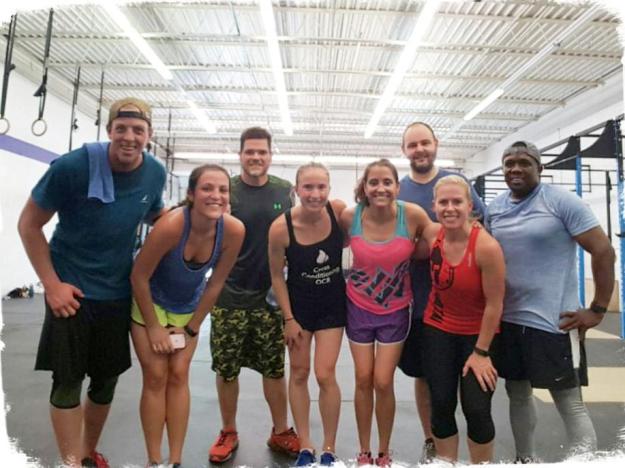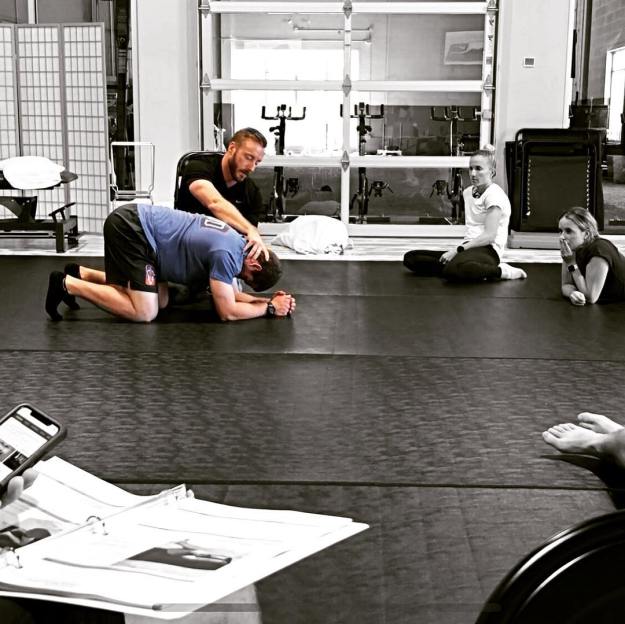Ever been injured? Or in pain? You proceed to make an appointment with your chiropractor or physical therapist, maybe get a massage, get some temporary relief before you head right back to your high intensity exercise class to repeat the same process? Fitness is in a weird spot. I train a lot of different types of clients (some performance driven, some for fitness longevity). The growing trend? When in pain, they are self prescribing, and not actually prioritizing the root cause.

I have been lucky not to have experienced any significant injuries in my athletic career (no surgeries or broken bones). That said, I have dislocated a shoulder in a Spartan Race and twisted my ankle in a fluke fall when I stepped on a pile of leaves while running. In both cases, my range of motion was tested through force, and my body failed. Recovery time was minimal as was physical therapy. Here’s the thing, in my own experience, I realized it wasn’t the fall that caused the injury, so much as it was the lack of specific training in those areas. My ankle mobility is bad. I often turn my foot out to compensate in my squat. At the time of my shoulder injury, I had an anterior tilt going on from postpartum pelvic floor issues that had not been resolved. Long story short, I had strength issues in mobility I was neglecting. It was only a matter of time before they were tested.

I’m a trainer. When I realized my problems, I talked through my rehab with my physical therapist and I modified my training. I adapted the way I train personally for specific events and overall quality of life. It’s not always go hard or go home. You can’t always “modify” a group exercise class. Also, let’s face it, I have to use my body to do my number one job – mom. Being laid up on the couch is not an option.
So what’s my point? When you get hurt, ALWAYS figure out the underlying issue. If you have constant low back issues, have a physical therapist check your alignment, test your range of motion through your hips, find out where you are weak. Don’t just jump to dry needling, cupping or whatever the newest trend is. These are the areas you will compensate. Your physical therapist is going to give you a plethora of knowledge and exercises that you might not understand.

Here is the key that most people miss. If available, have your trainer understand your weakness and communicate with the person making the assessment. Take that information to them. In the grand scheme of things, your trainer will see you more than your body work therapist, your physical therapist or your chiropractor. Your trainer should be helping you strengthen your body to correct areas that might be causing pain and ultimately resolving that pain. If your trainer or the person working on your body are unwilling to connect, this should be a RED flag. Direct communication from these two modalities will save you time, money and make you feel better. That I can guarantee.
When “body work” and training are merged, big things happen. I have an amazing group of physical therapists, chiropractors and body work therapists that I refer people to and I can’t tell you much I appreciate directly knowing a client’s limitations. And let me preface all of this by saying this doesn’t mean you can’t do high intensity interval training and still work towards a performance goal. My clients know my seemingly easy workouts sneak up on them. Being on offense is always better than being on defense. Taking care of things before they escalate is better than trying to fix them after they do.
